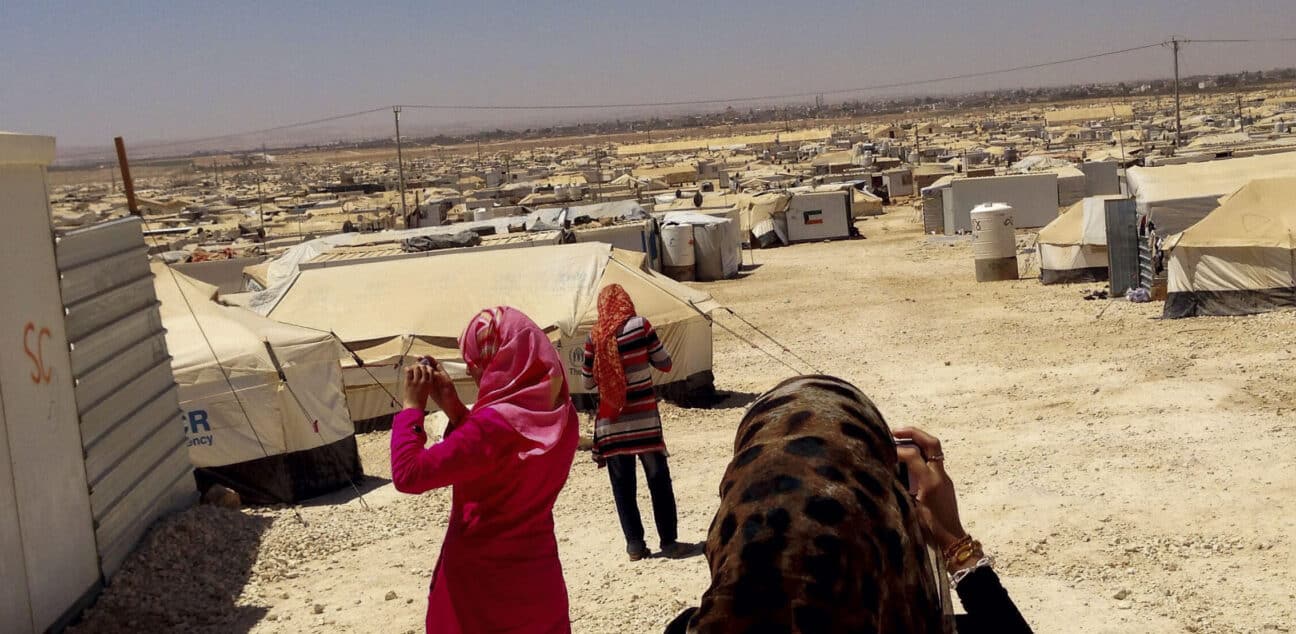The people in the pictures
Debates about the visual representations of global poverty have been going on for many years, yet the experiences and views of those featured have been notably absent. The People in the Pictures: vital perspectives on Save the Children’s image making addresses that gap.
Save the Children has a long-standing commitment to reviewing its image-making policies and practices. Since its first image guidelines in 1991, the organisation has regularly reflected on its practice and set down its ethics and principles in relation to image making and the use of its images. In late 2014 Save the Children commissioned a qualitative research project to listen to and learn from those who contribute their images and stories to Save the Children’s visual storytelling.
The research explored:
- What motivated people to agree to Save the Children filming or photographing them or their children?
- How did people experience and perceive the image-making process?
- How did people feel about their portrayal in the resulting Save the Children communications?
The research was carried out in the UK, Jordan, Bangladesh and Niger. 202 children, women and men participated in the research: 53 contributors; 130 non-contributors (women and men who are from the same or similar communities as the contributors); and 19 Save the Children staff members.
Subscribe to our newsletter
Our weekly email newsletter, Network News, is an indispensable weekly digest of the latest updates on funding, jobs, resources, news and learning opportunities in the international development sector.
Get Network NewsAs with any aspect of development, contributors’ experiences and perspectives must count when it comes to reflecting on and learning from current image-making practice, as well as identifying areas for change and improvement. The research revealed examples of good practice and positive experiences of Save the Children’s image making, along with challenges, concerns and preferences from the perspectives of contributors, non-contributors and Save the Children staff.
Examining the process as well as portrayal
The debate on INGO images of global poverty has tended to consider and judge the image alone, and the audience’s responses to those images, rather than recognise the image as the result of a process that involves multiple stakeholders, including the individual featured in the image – the contributor. The research showed that for contributors (and staff) good practice in the image-making process matters: when contributors felt they were treated with sensitivity and respect, they expressed this and clearly felt valued, and good about their contribution.
The research involved the return of content and images to contributors, and discussions with both staff and contributors show how much feedback and follow-up with contributors after image making is valued. The challenge, especially in non-UK contexts, lies in ensuring contributors truly understand the purpose of, and likely audiences for, the content they are contributing to.
Like audiences, contributors and their communities are neither homogeneous nor static in their attitudes towards what is portrayed. Most contributors were satisfied with the content they featured in, with some sharing examples of positive consequences as a result of their contribution, and others sharing concerns about how audiences might view them.
Most research participants were aware of the link between INGO communications and fundraising, and understood that depictions of suffering may be necessary to raise funds to assist those in need. Across all research sites, however, clear preferences were also expressed for balance in portrayal, to see solutions as well as problems, resilience as well as need. And many expressed a preference for content in which contributors are speaking for themselves. In Niger, there is a Hausa proverb which expresses this sentiment beautifully: “A song sounds sweeter from the author’s mouth“.
5 recommendations
The research demands greater recognition of contributors as stakeholders in the image-making process. There are five recommendations areas, designed to provide practical ways to achieve this and to embed greater agency and accountability into the image-making process:
- Invest in collaborative and creative approaches to image making
- Uphold contributors’ rights and fulfil the duty of care
- Informed consent to be understood as an essential, multi-stage, process
- Commit to sensitive and effective communication with contributors before, during and after image gathering
- Ensure that human dignity is upheld in the image-making process, not just in the image itself
Next steps
Save the Children has revised its Image Guidelines to reflect the research findings and is currently developing an App for informed consent in response to some of the challenges raised by the research.
We hope that this research will contribute to wider debates on representation and the image-making process. A cross-sector working group, facilitated by Bond, is currently being established with a view to meeting on a quarterly basis to address a number of shared challenges.
Save the Children will continue its commitment to recognising contributors as stakeholders in its image making. If we want to be genuinely rights based, and genuinely put our beneficiaries first we need to listen to the people in our pictures, change our image-making processes, and continually review the ways we are portraying them and their experiences.
Category
News & ViewsThemes
Communications


